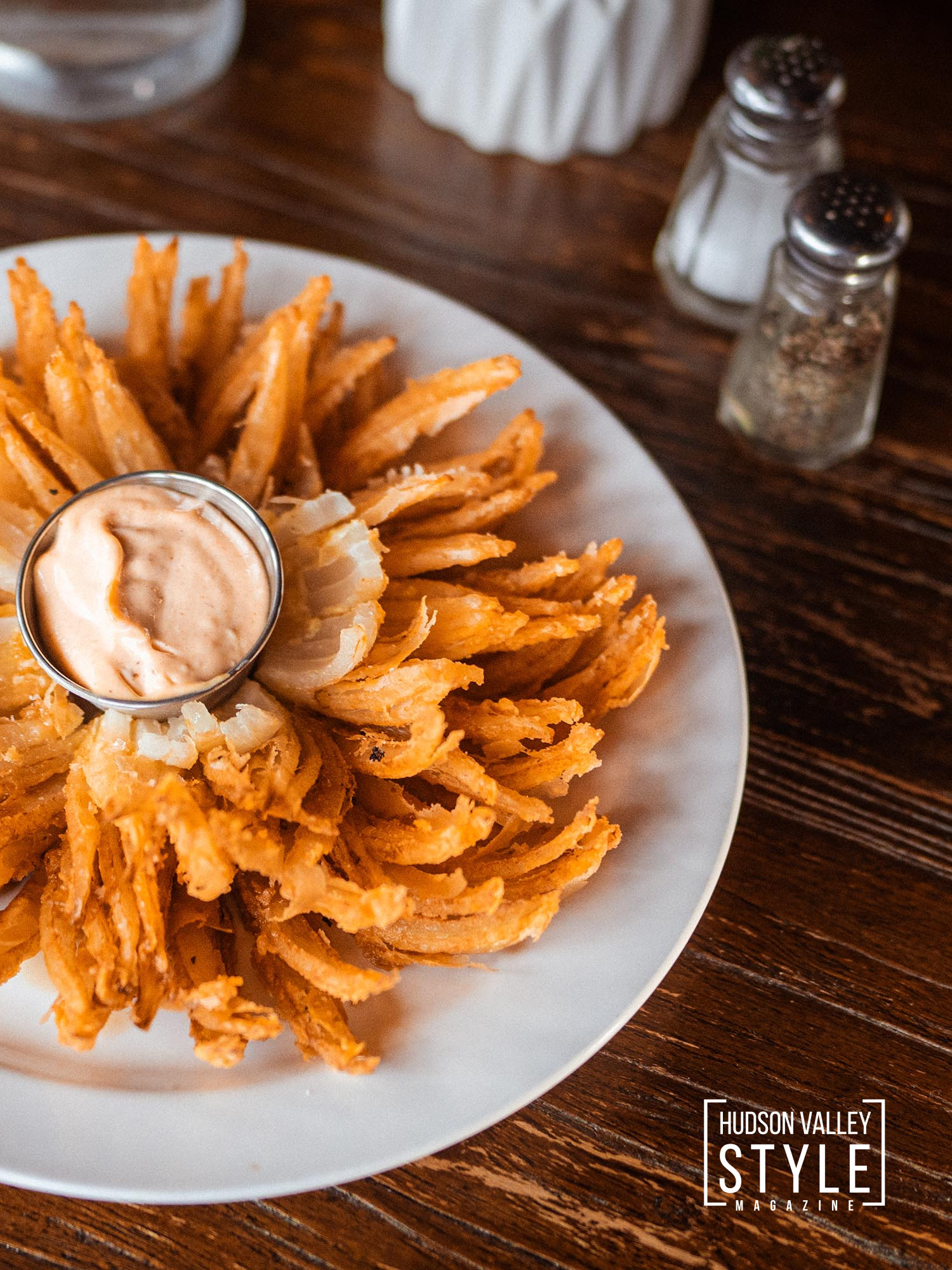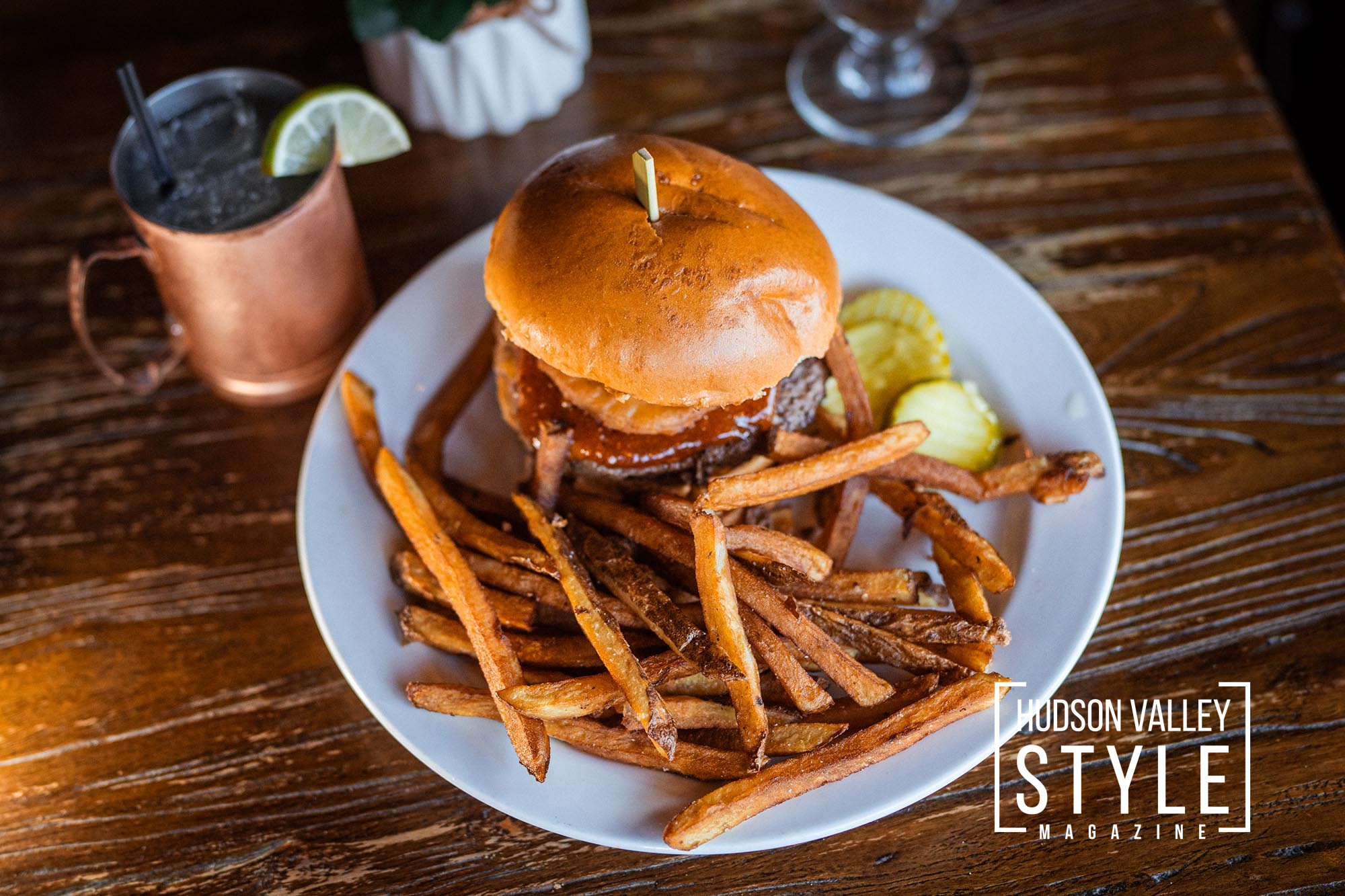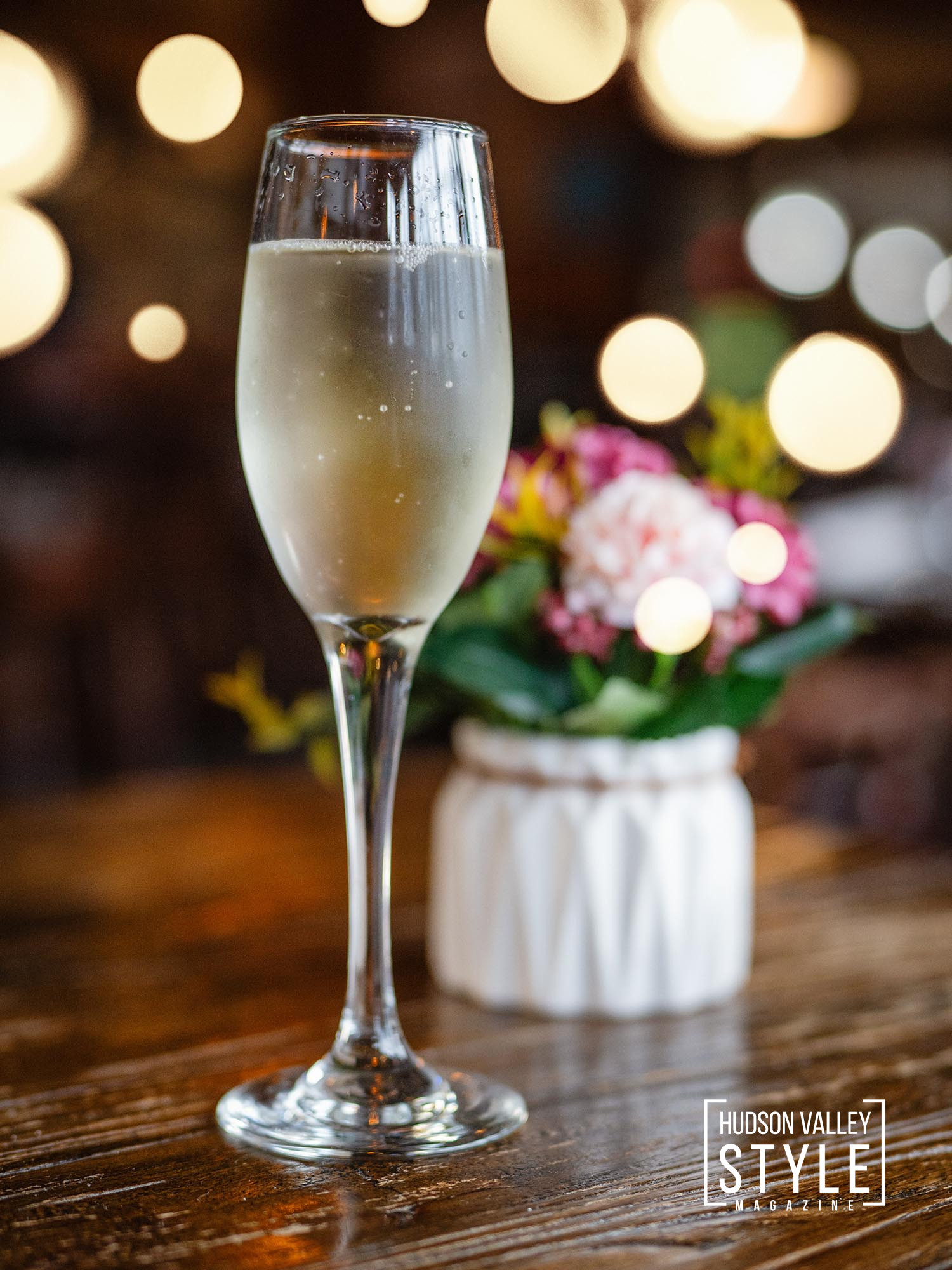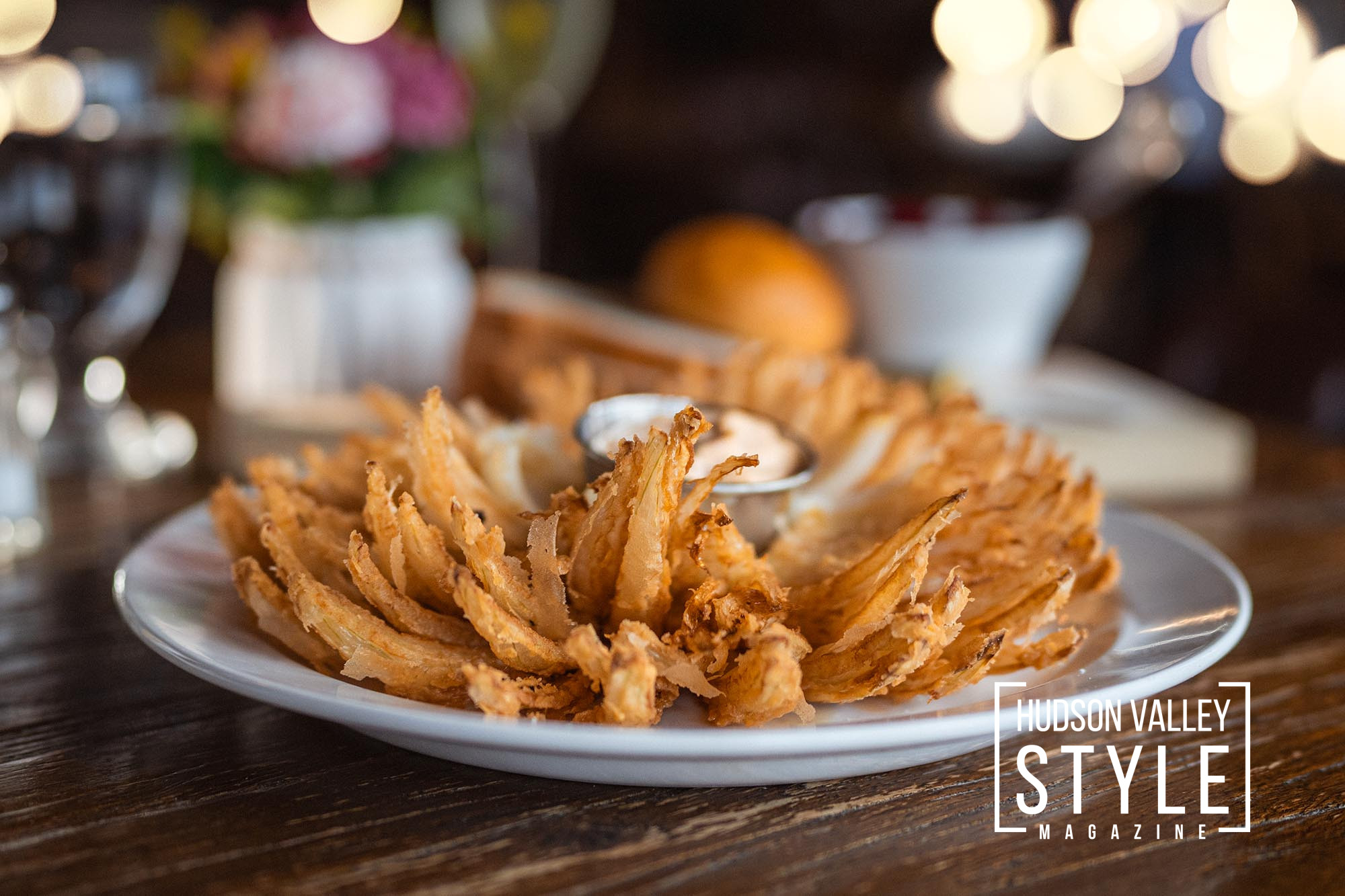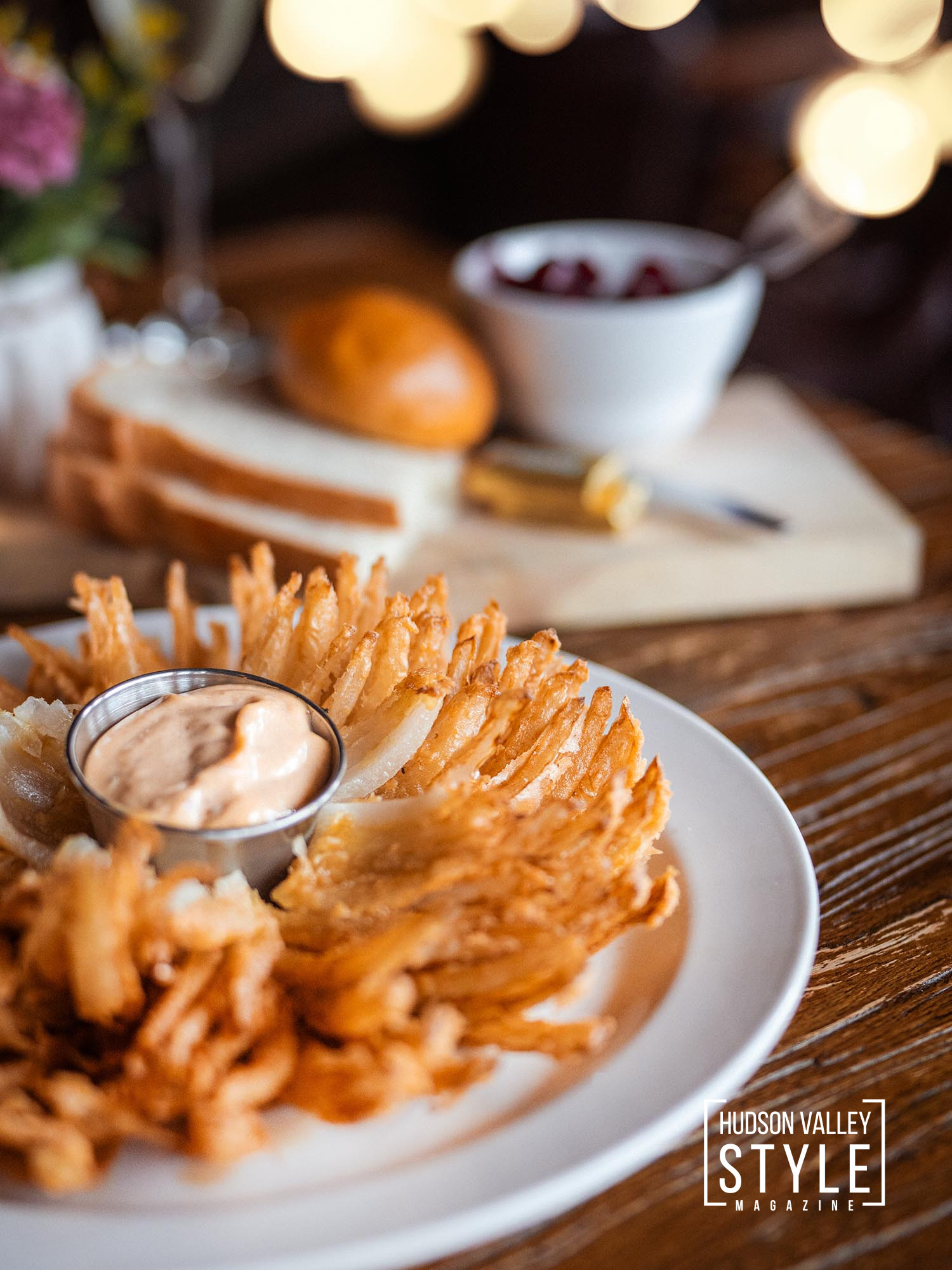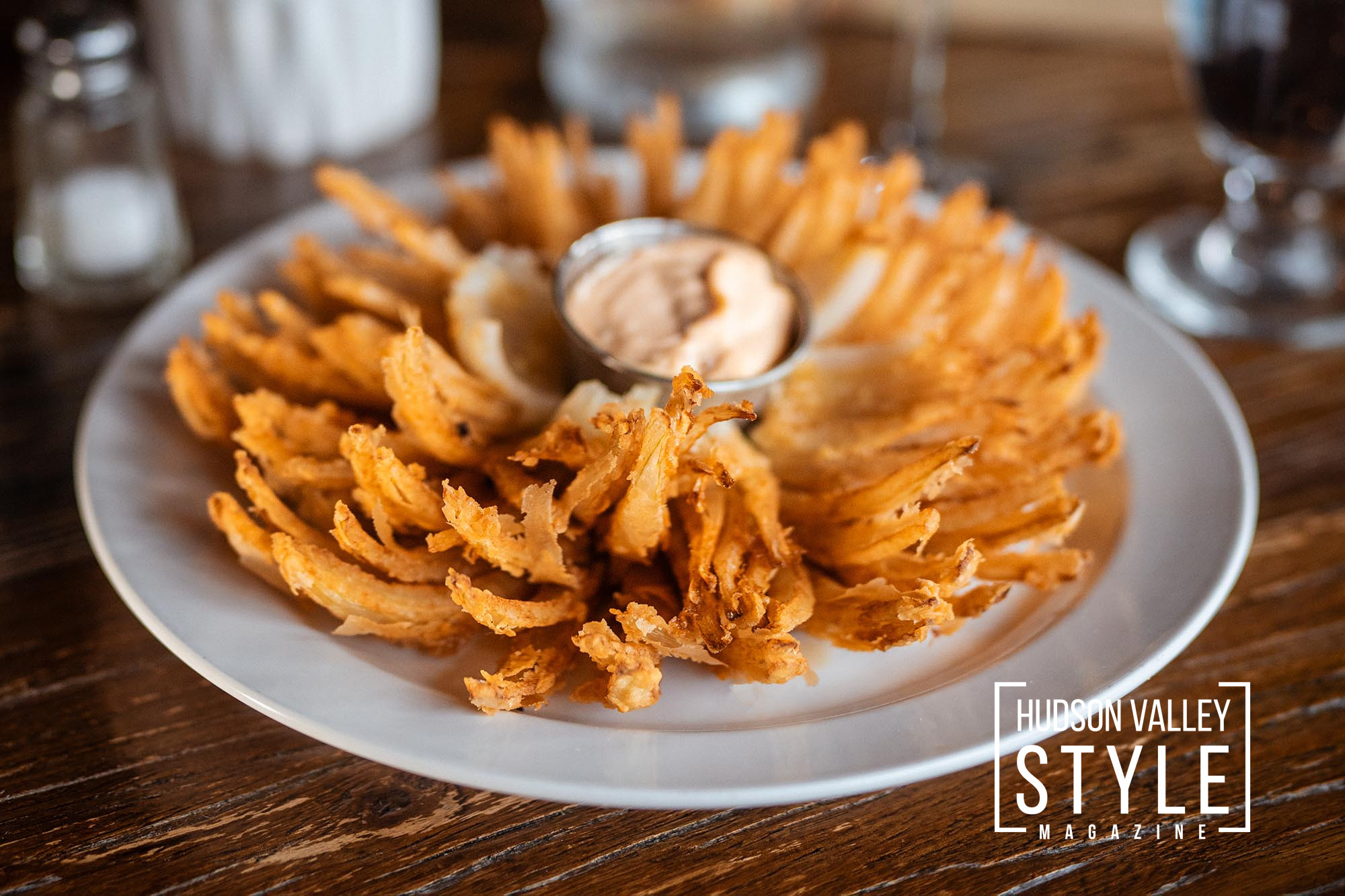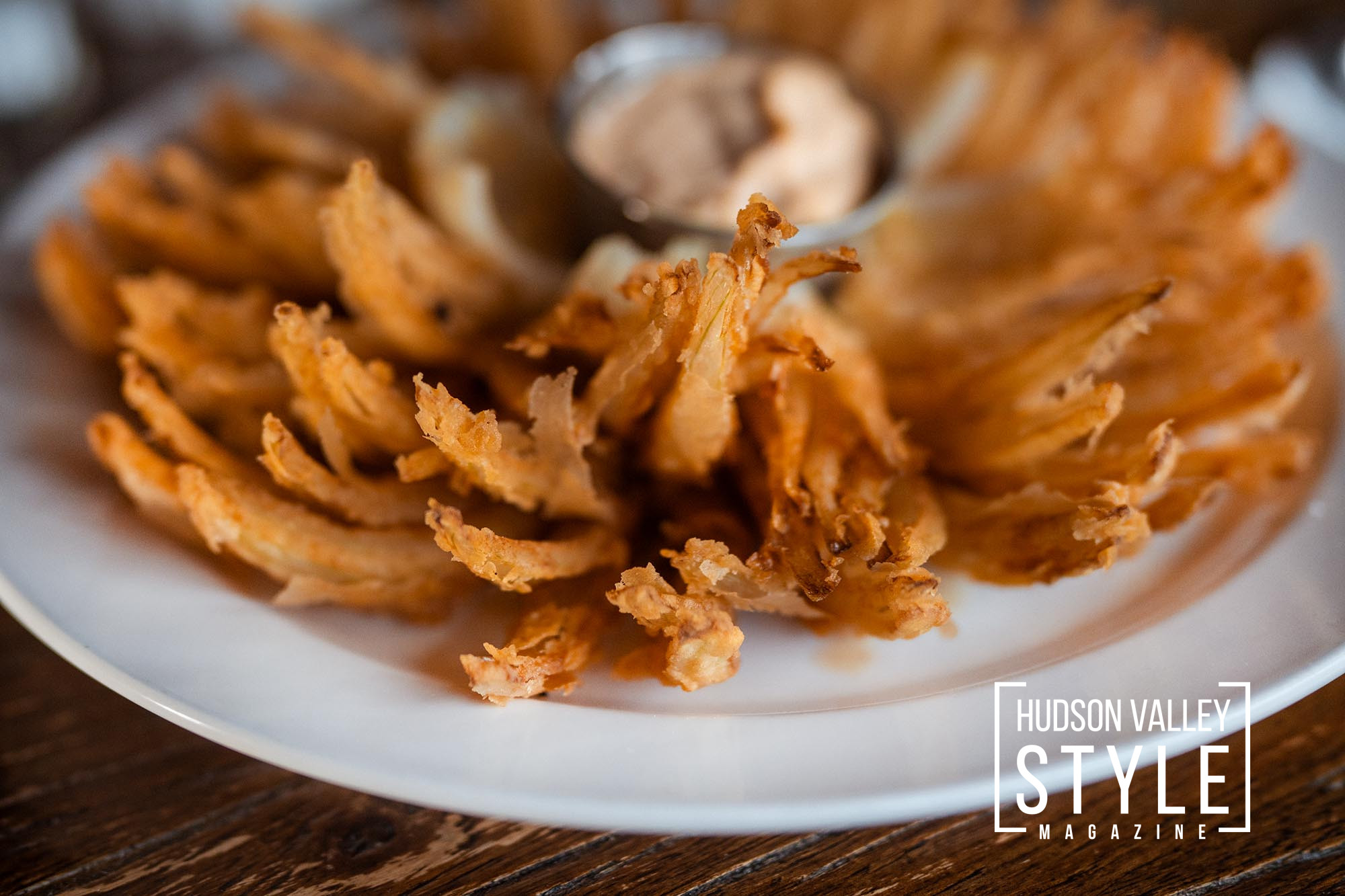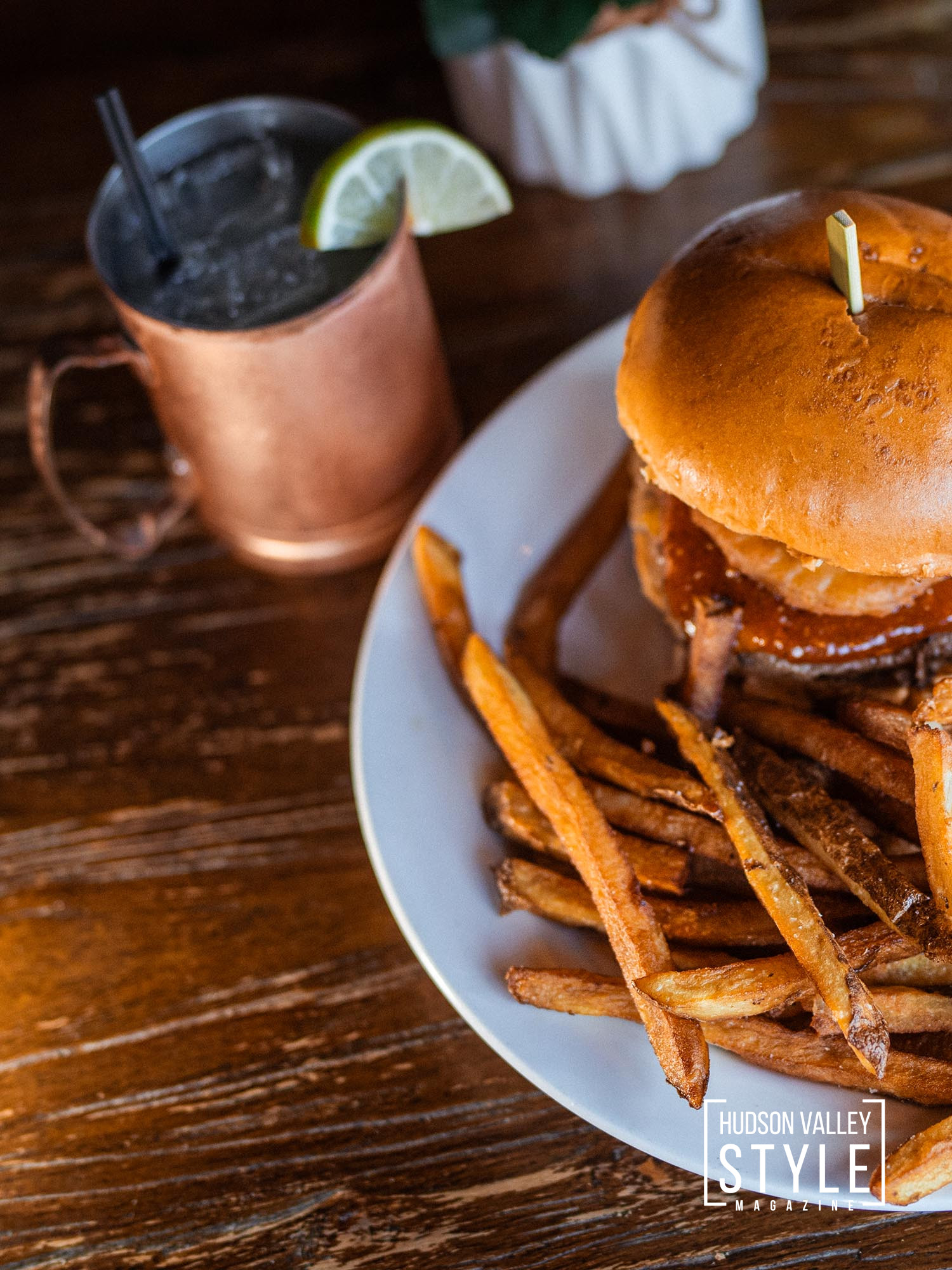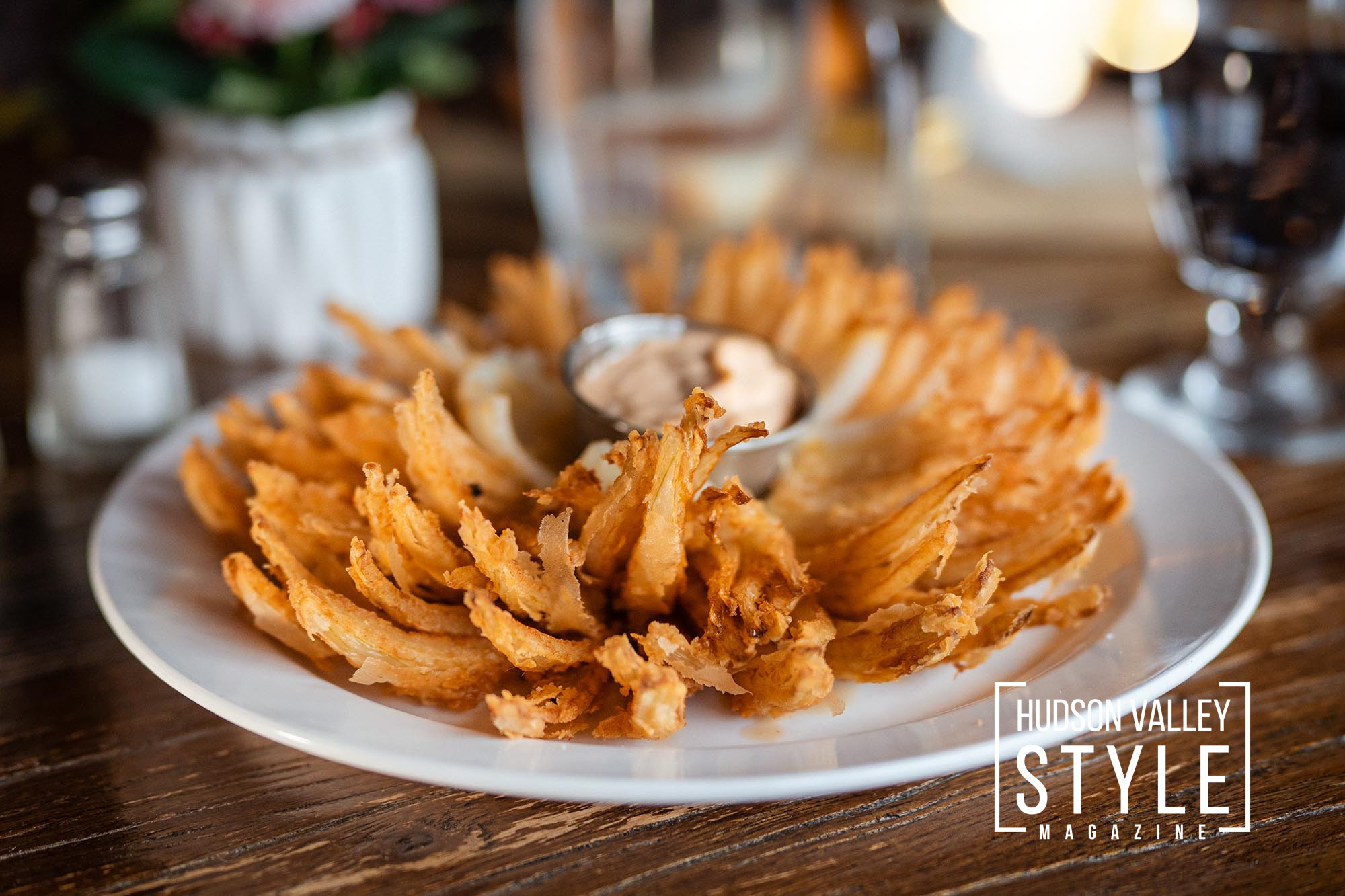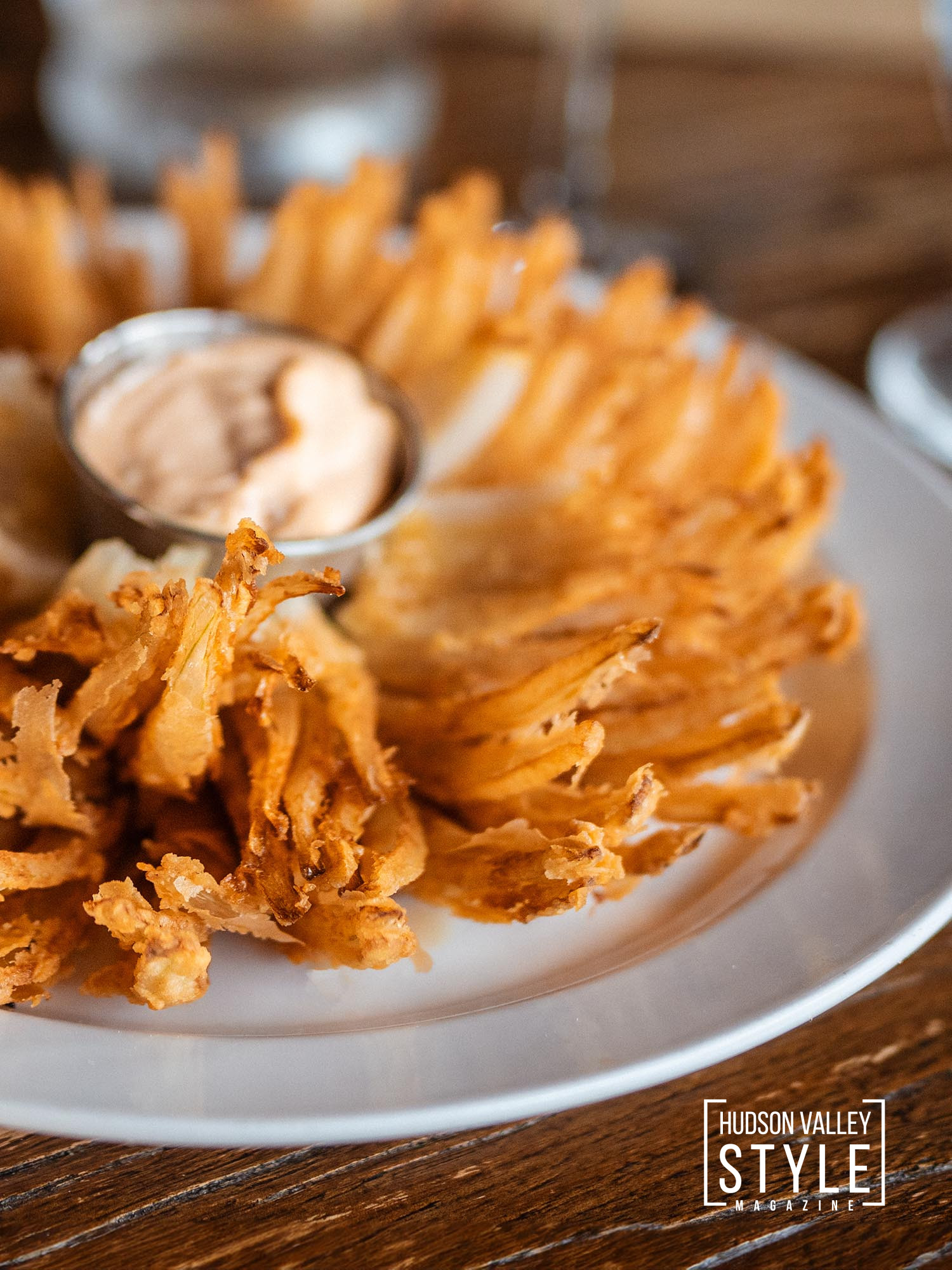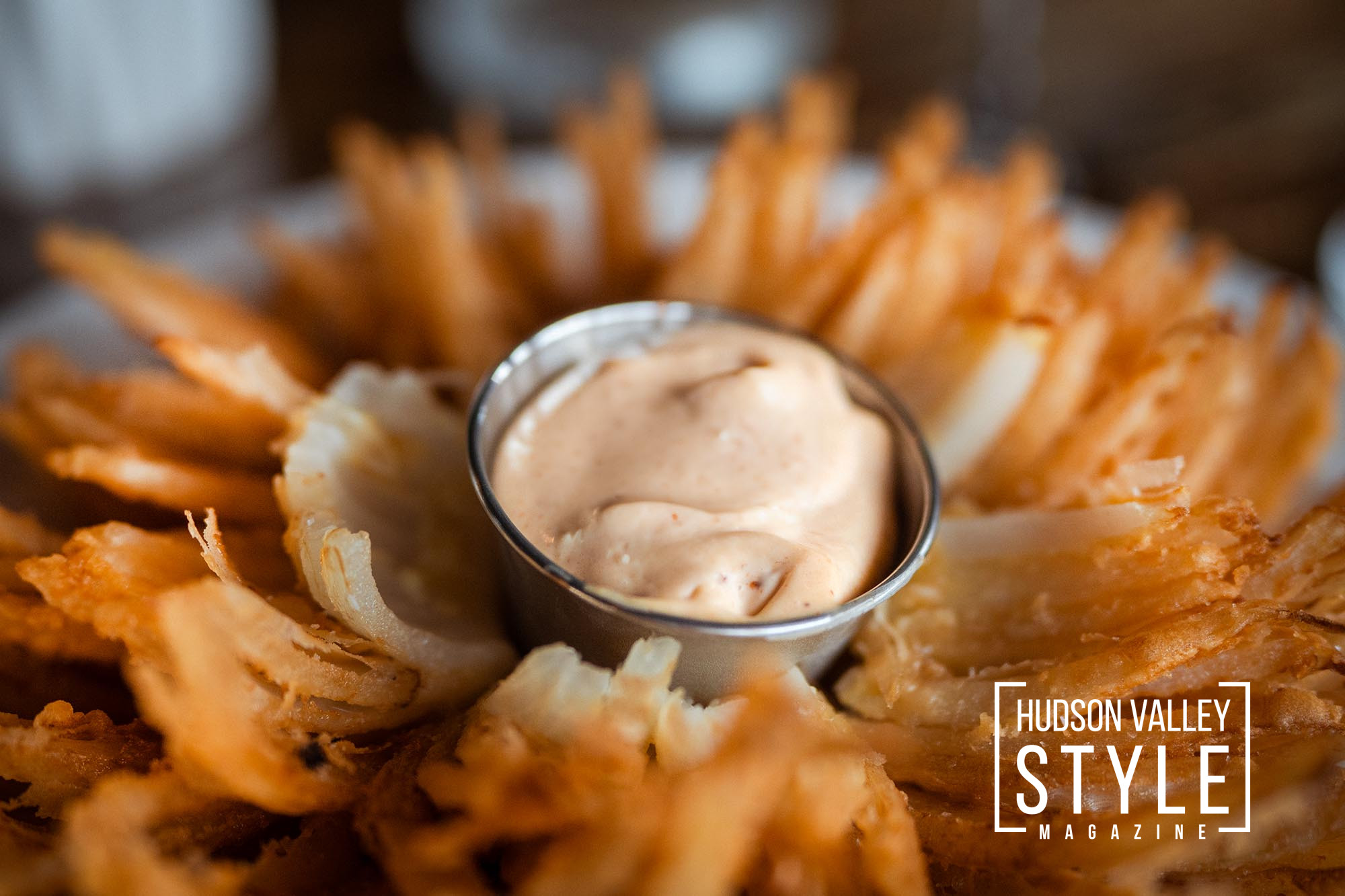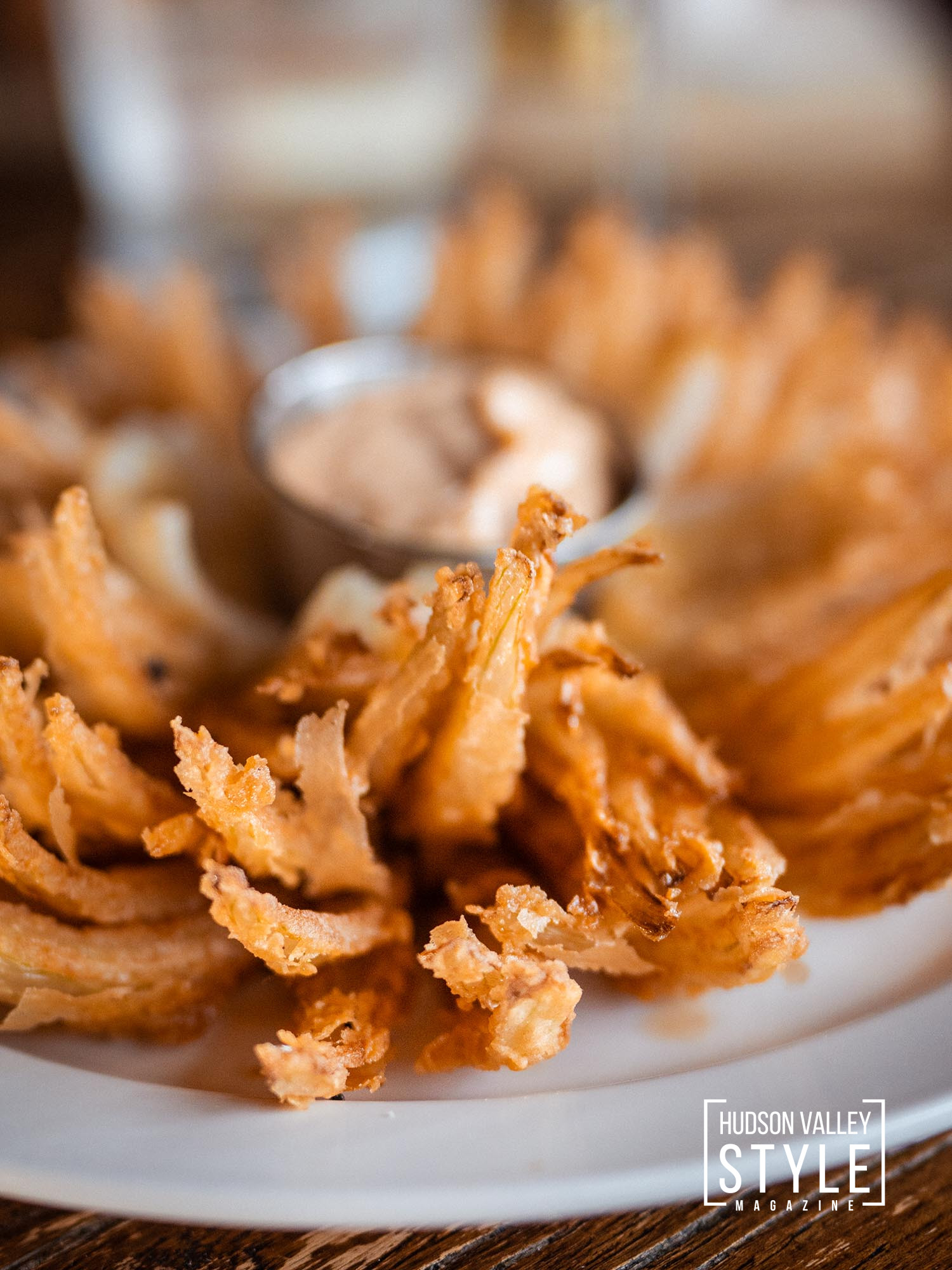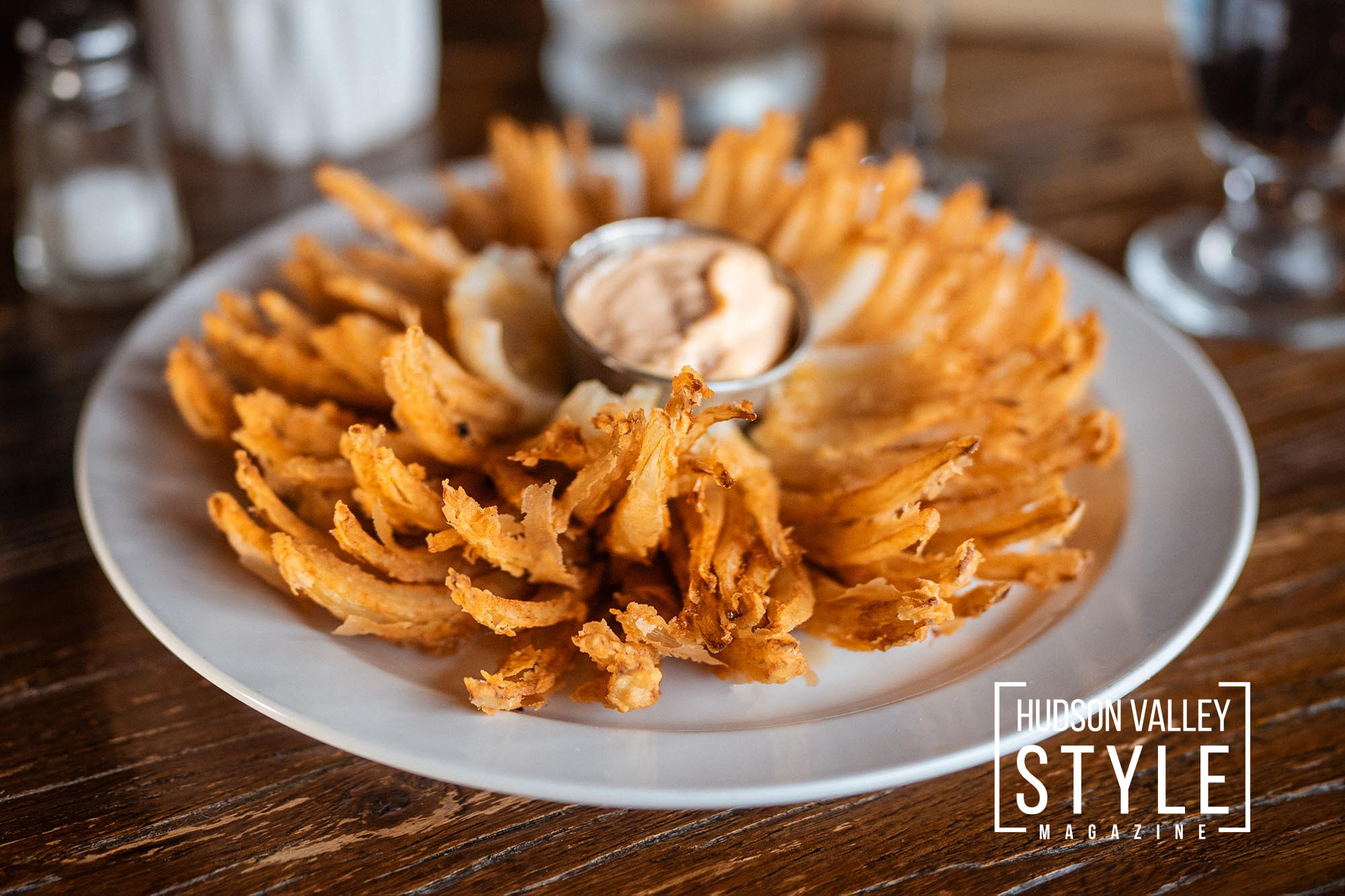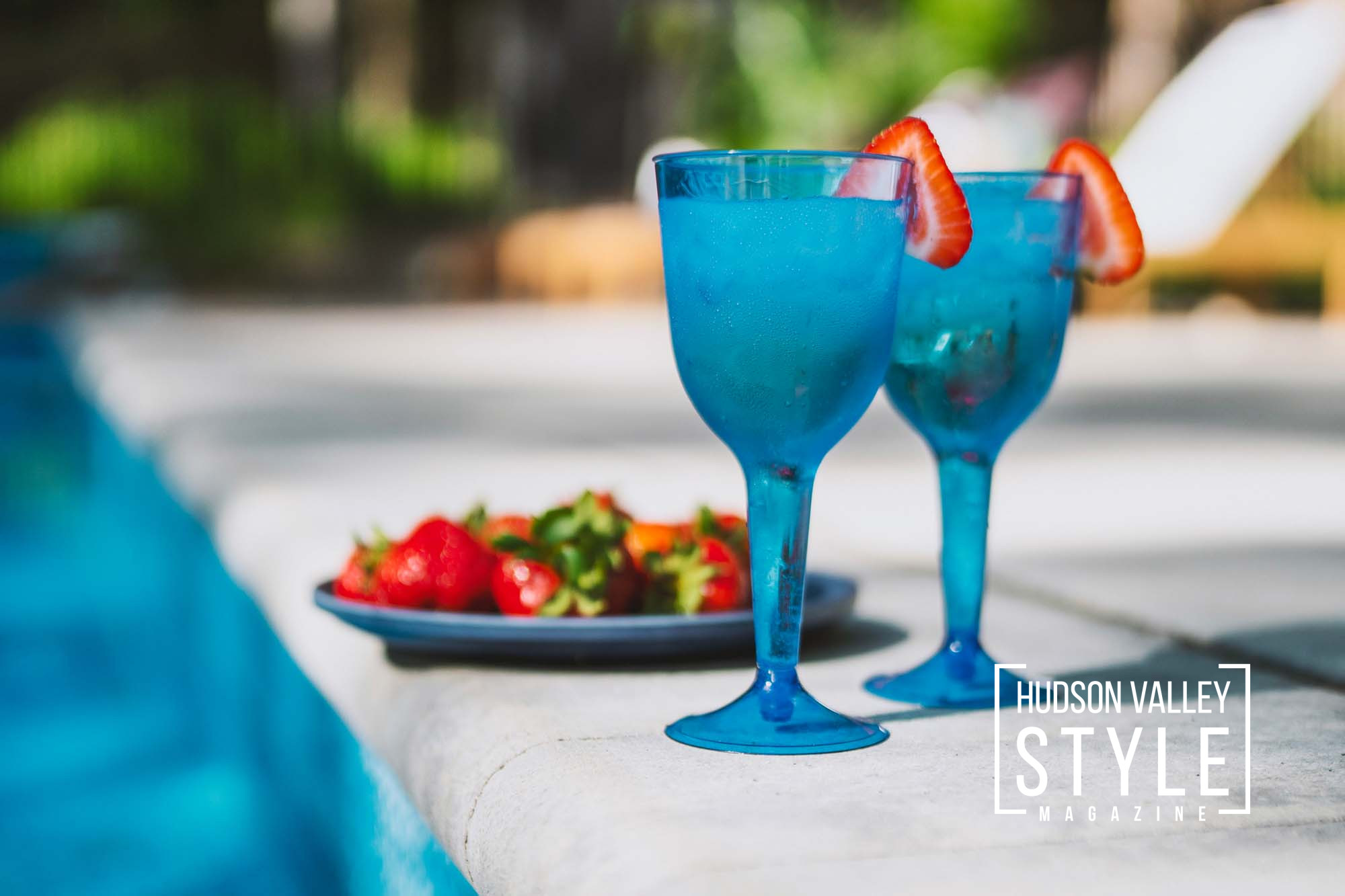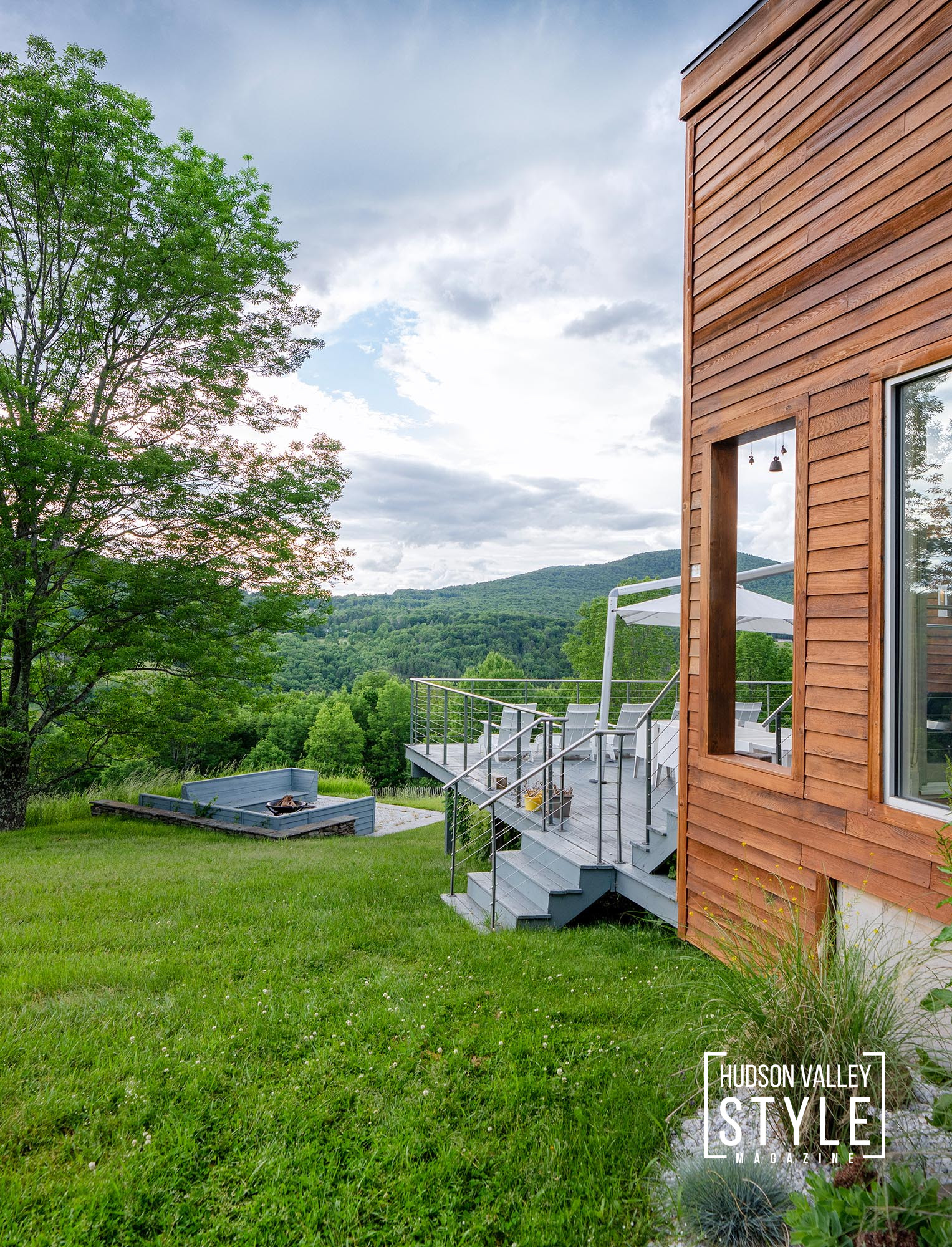Embarking on a voyage of epicurean discovery through the fertile crescents of the Hudson Valley and Catskills, my story unfurls in the quaint town of Warwick, NY—a land famously cradled by the Black Dirt Region. This area, a tapestry of nutrient-rich soil, is a paradise for agronomists and gourmands alike, famed for yielding onions and garlic of exceptional quality. On this particular sojourn, tucked just a heartbeat away from the cozy retreat of Alluvion Vacations' Warwick Cabin, I stumbled upon a culinary haven that has etched itself into my memory—the Jolly Onion.
Crisp, Golden, and Rooted in Culture: The Jolly Onion's Blooming Legacy – Pine Island, NY – Hudson Valley Restaurant Reviews with Maxwell Alexander – Presented by Alluvion Vacations
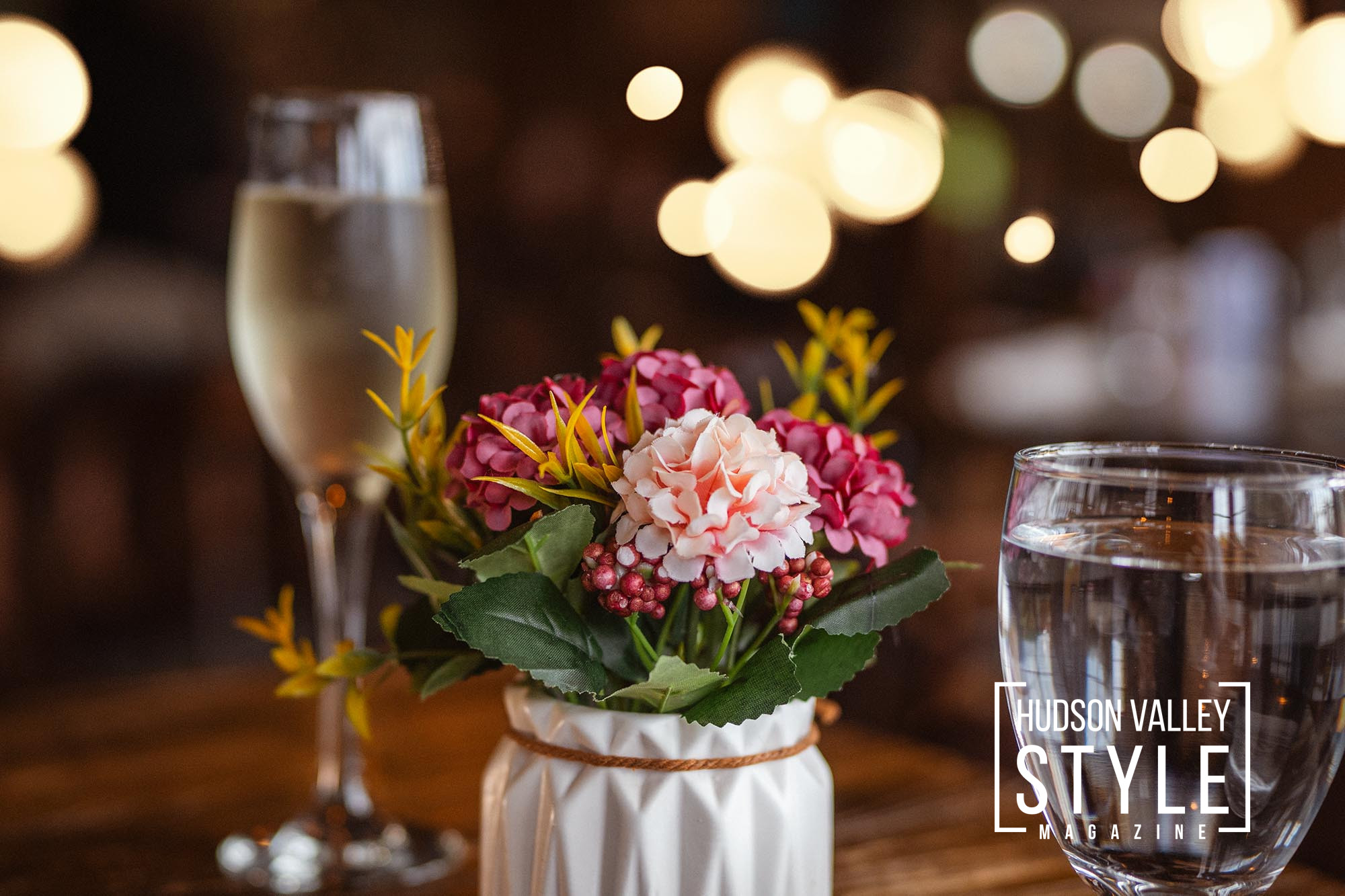
The trek to this gastronomic haven was an experience in itself. Trailing a behemoth truck, its bed a mountain range of onions, I was baptized in the heady scent that is the lifeblood of the region. It was both a literal and metaphorical journey through the heart of Warwick, one that set the stage for a dining encounter resonant with anticipation.
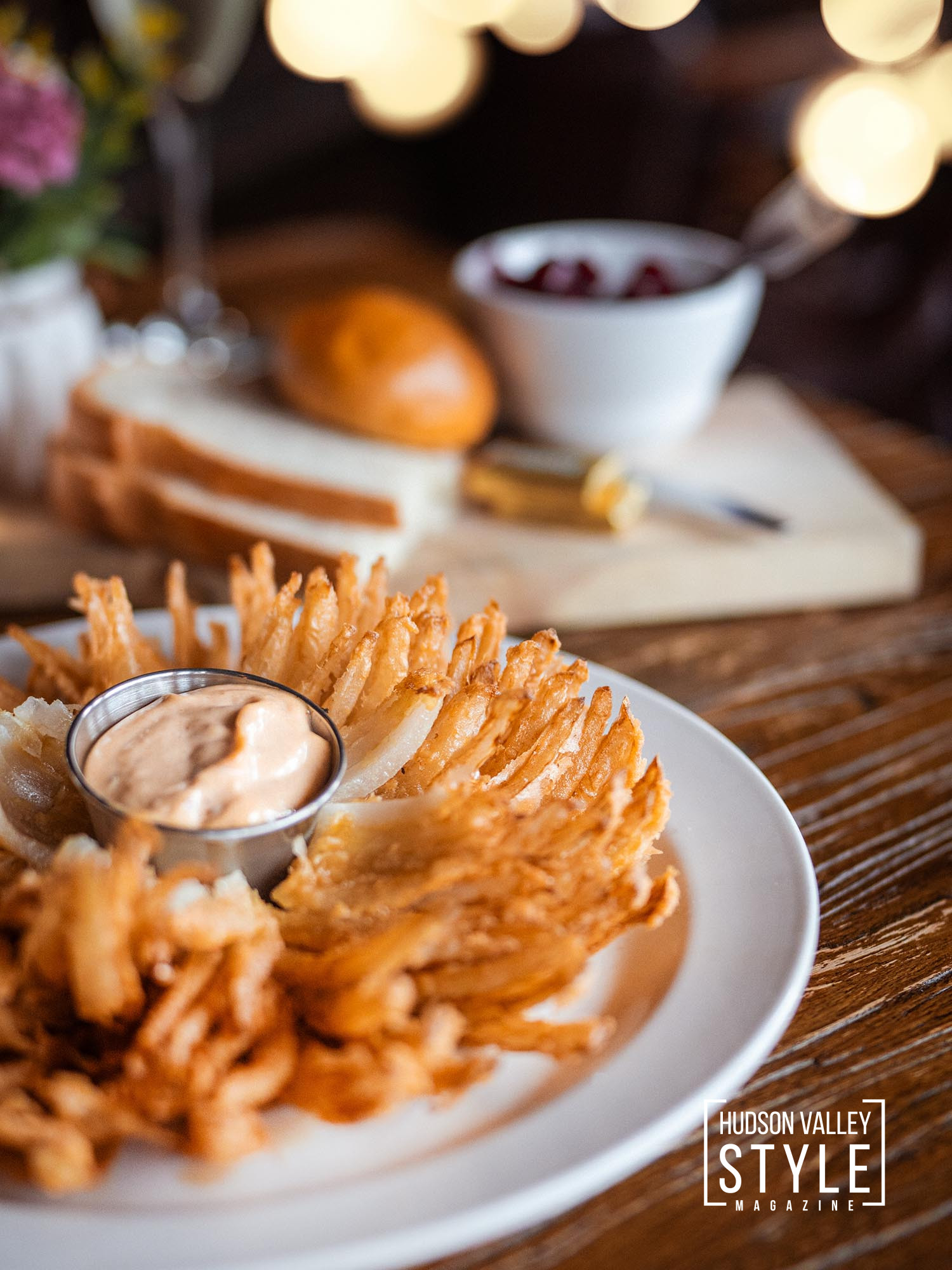
The Jolly Onion, now a silent sentinel amidst economic tribulations, remains alive through the lens of my camera and the canvas of my recollections. Its character—a fusion of Polish and German influences—served as the perfect backdrop for a photographer like me, whose passion lies in capturing the artistry of cuisine. The restaurant's interior, a tableau of rustic charm, offered a cornucopia of visual delights, each dish a vibrant character awaiting its portrait.
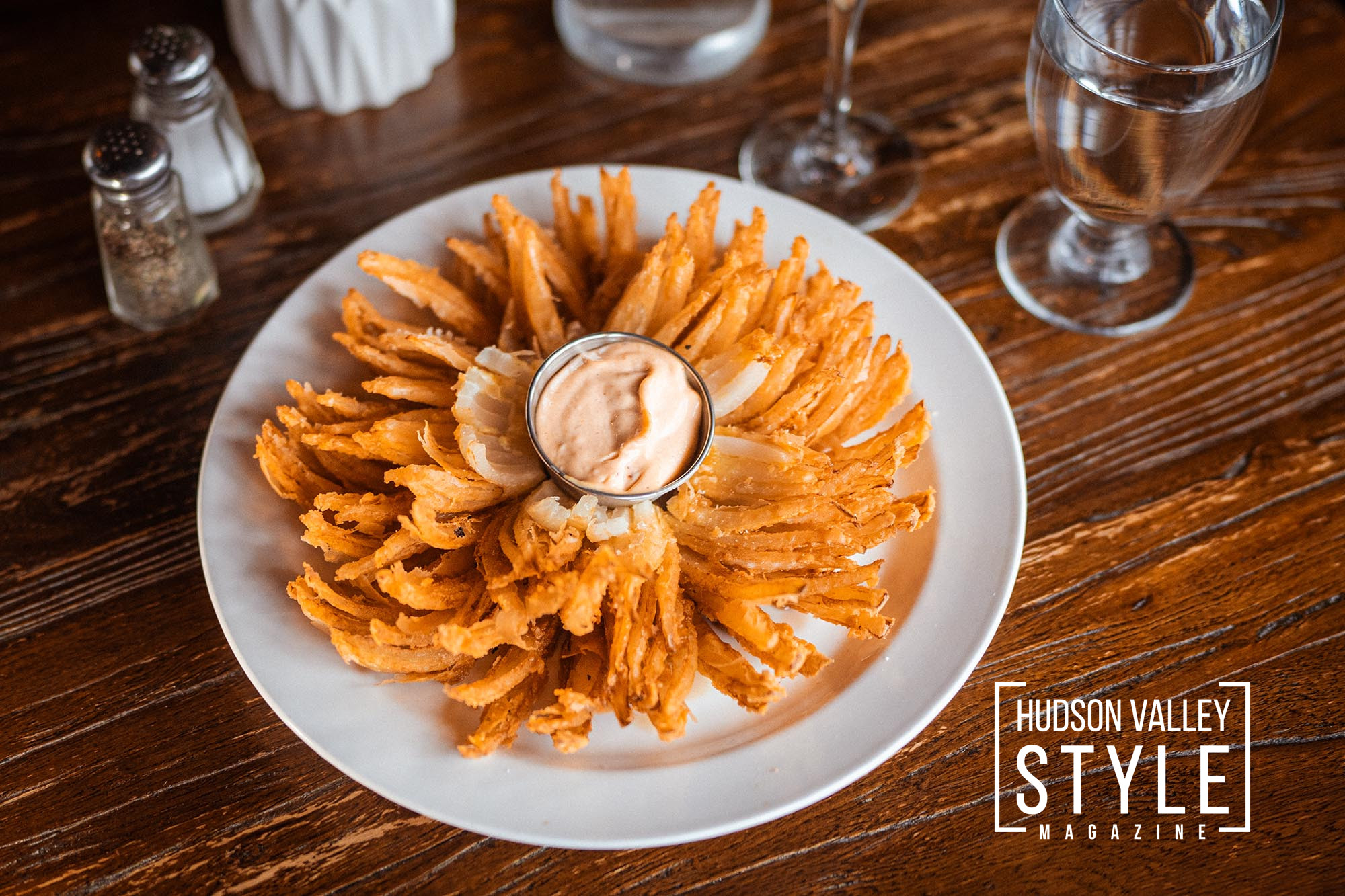
The Blooming Onion was the pièce de résistance of this visual and gustatory ballet. A dish with disputed origins—some claiming it emerged from the deep fryers of Southern America, others from a 1940s recipe in a New Orleans cookbook—it found its truest expression amidst the onion fields of Warwick. In the Black Dirt Region, this dish becomes a celebration of local agriculture, each crispy, golden petal a testament to the soil's fertility. The images of this dish, as captured through my lens, are more than photographs—they are odes to the region, to the earth that cradles the seeds, and to the farmers who, with tender care, bring such bounty to harvest.
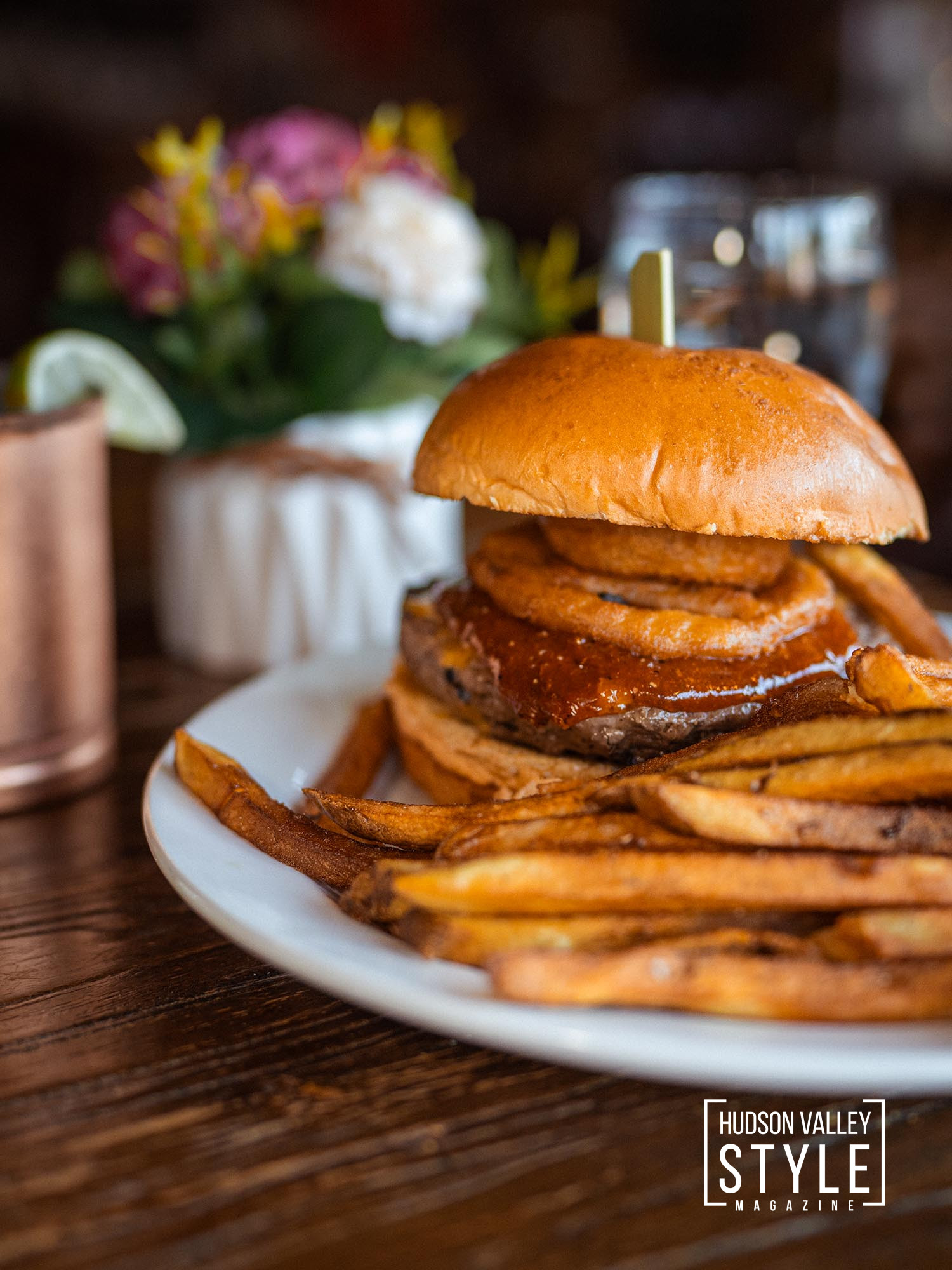
Beyond the Blooming Onion, the culinary choreography continued. The burger, robust and unassuming, was a mosaic of local produce and hearty flavors, with fried onions as its crowning glory. The fries—a humble yet indispensable sidekick—were a textural delight, each one a golden brushstroke on the plate. The Moscow Mule, ensconced in its copper chalice, was not merely a drink but a metallic whisper from the past, its tangy effervescence an ode to tradition.
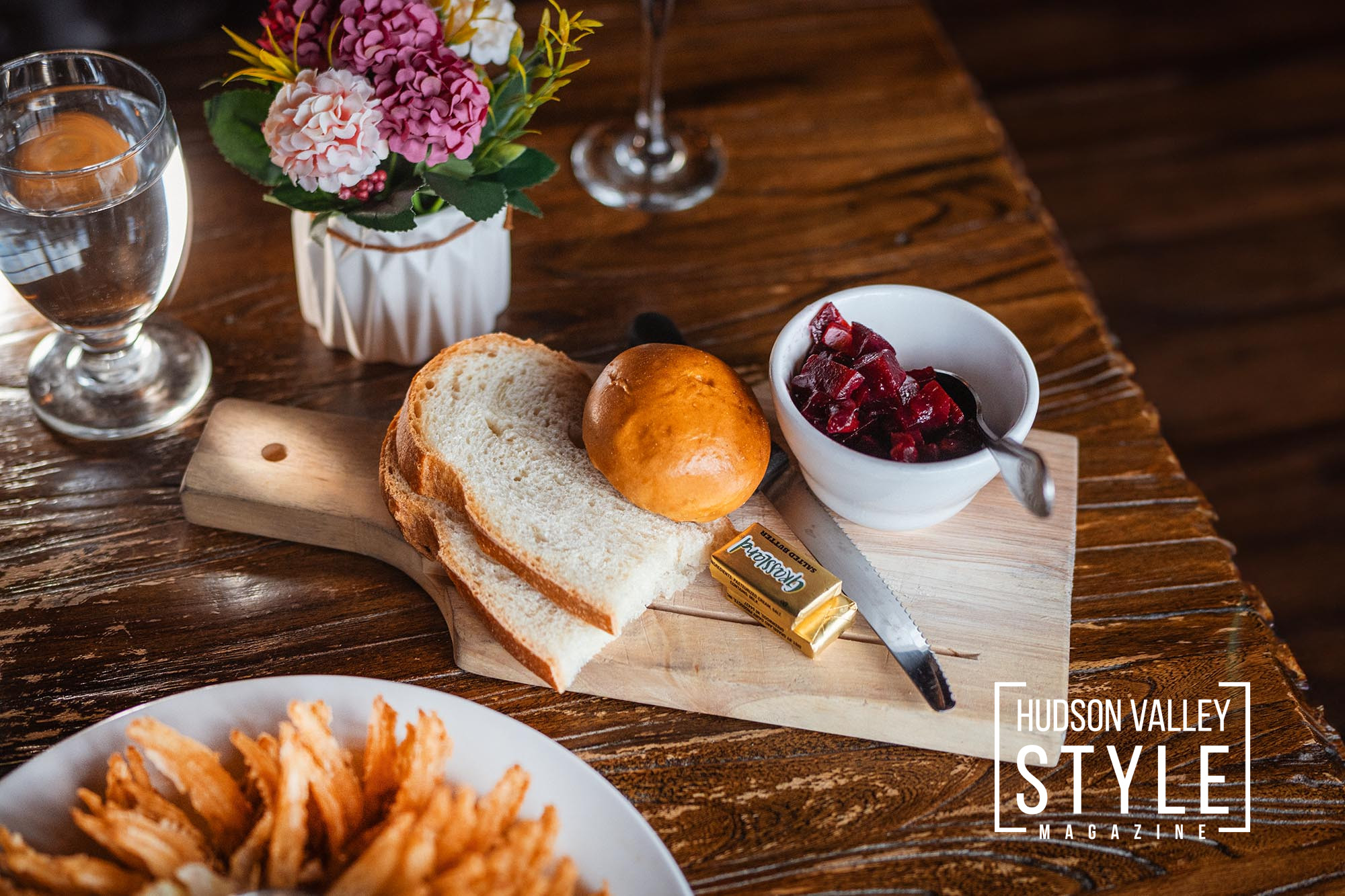
As a fitness model and coach, I am acutely aware of nutrition's role in our well-being. The Jolly Onion's offering of boiled beets, a Polish and German staple, was a nod to their cultural tapestry and a boon for the body, aiding digestion and balancing the indulgence of fried delights.
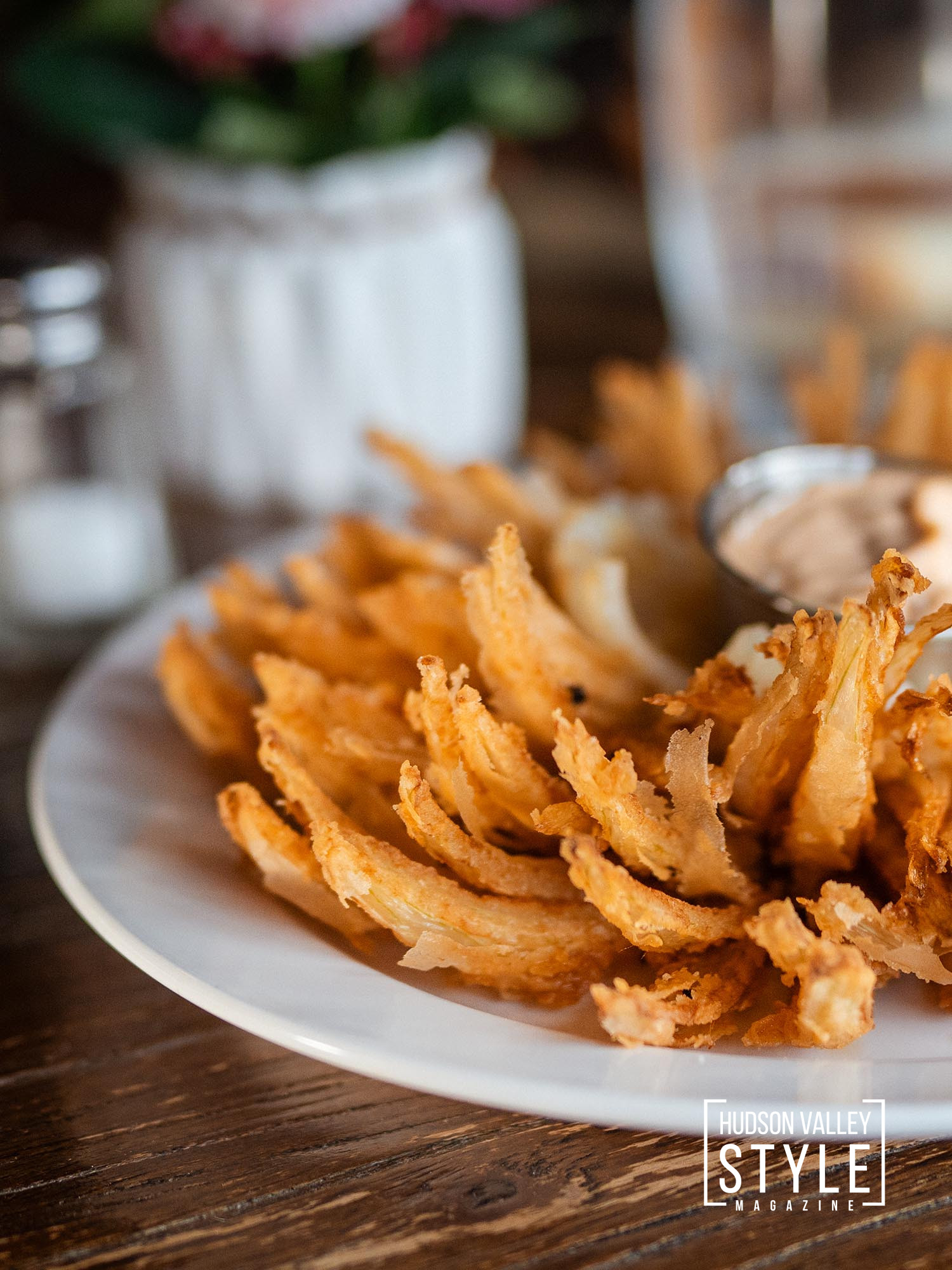
Through the lens of culinary photography, each dish became a still life rich with story, the camera's shutter freezing moments of beauty that transcended the ephemeral nature of a meal. It is this interplay of art and sustenance that I cherish deeply, the ability to immortalize the dance of flavors, textures, and colors on a plate.
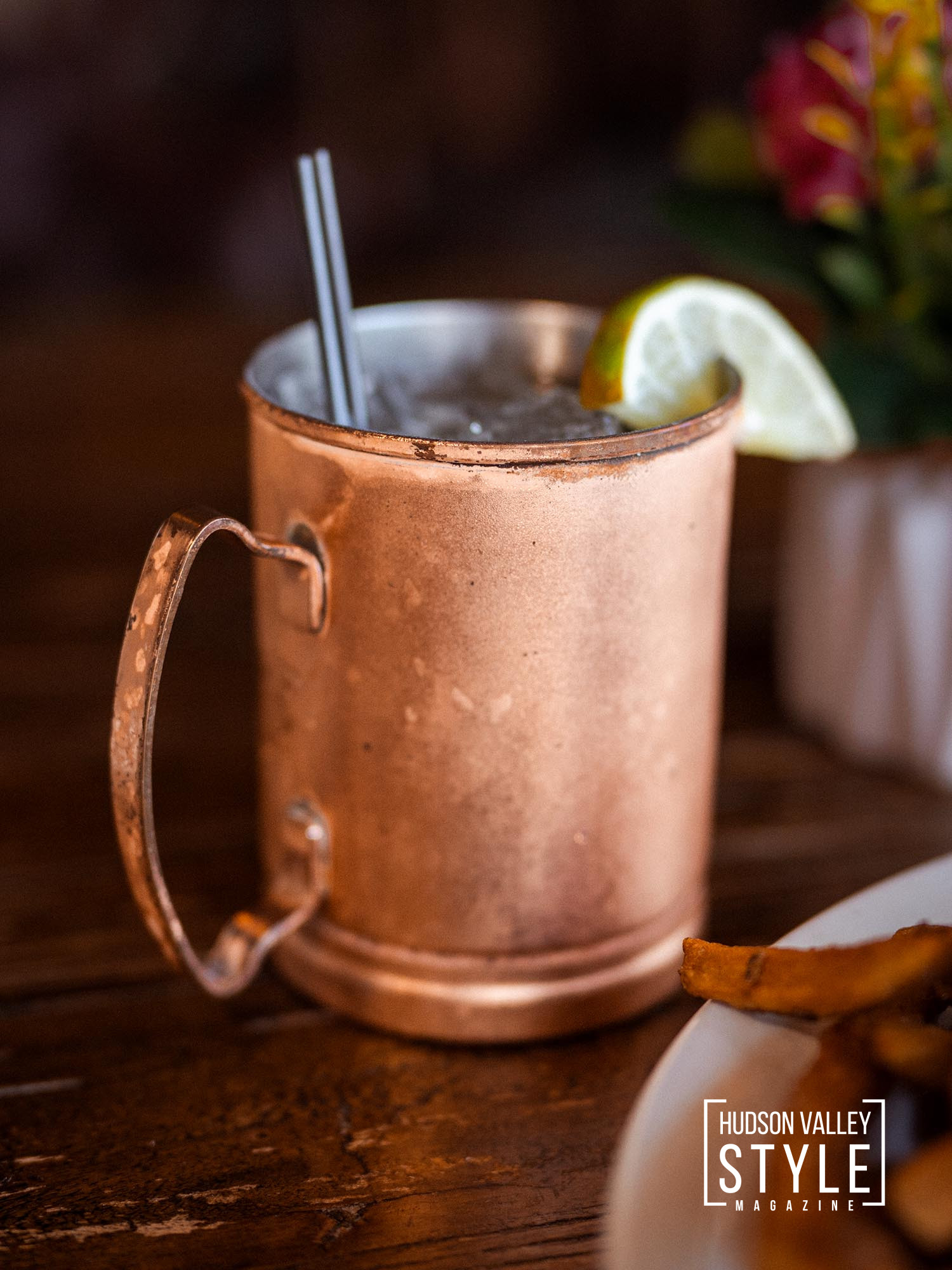
As I recount this tale, the Jolly Onion's essence lingers, its spirit undimmed by its dormancy. It is a beacon of hope in the Hudson Valley, a reminder that even the most fertile grounds can fall fallow before blossoming anew. This review, though tinged with the melancholy of absence, is a testament to a wish cast into the universe—a wish for the Jolly Onion to thrive once more, to fill the air with the scent of onions and the warmth of community.


